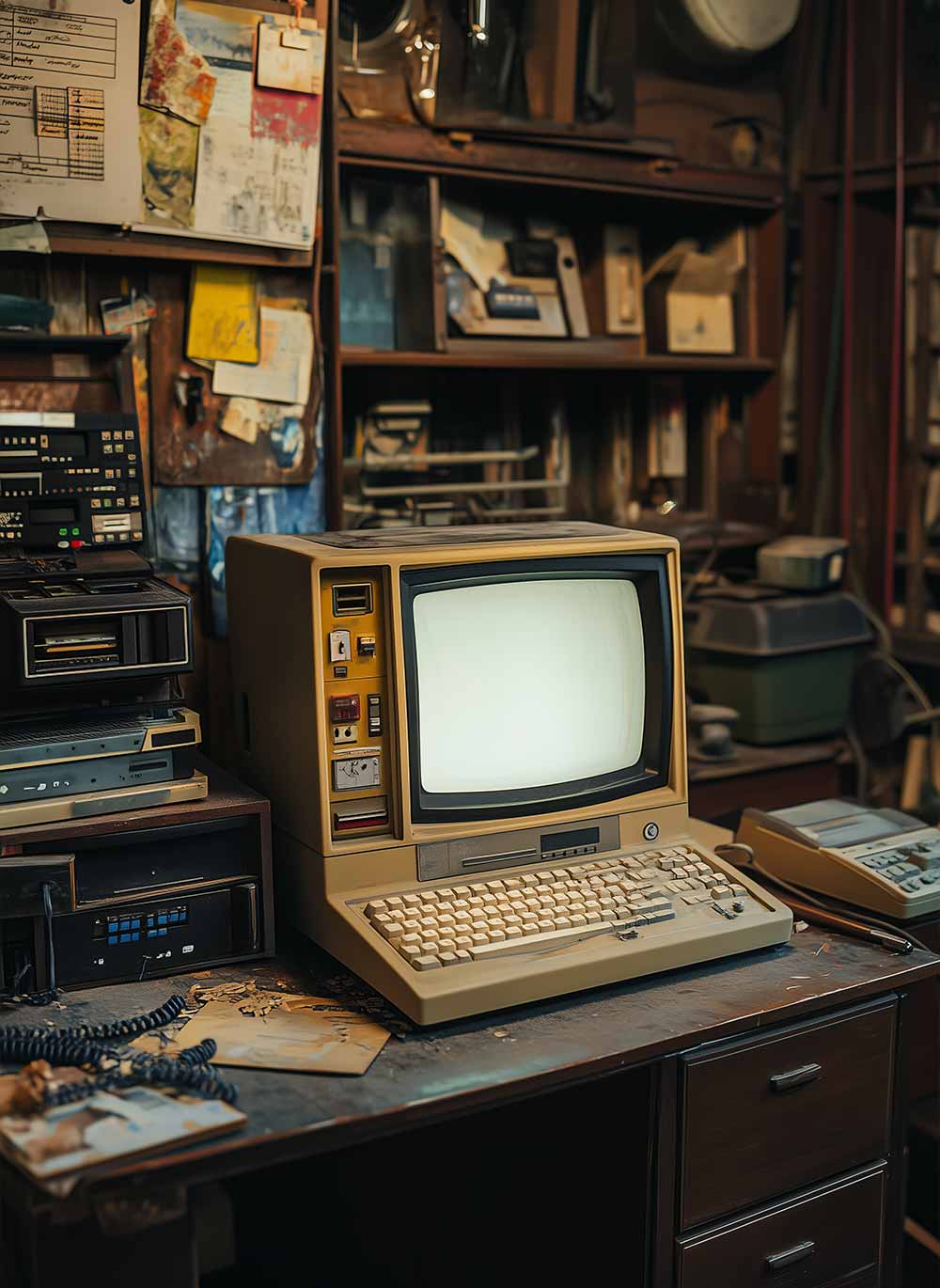
Technology Facts
Welcome to our Fascinating Technology Facts segment, where we delve into incredible feats of human innovation and technological advancement. From groundbreaking inventions to quirky discoveries, technology continues to shape our world in unimaginable ways. Join us as we uncover five captivating facts that highlight the ingenuity and creativity behind some of the most influential technologies of our time.
Internet
The internet, a global network connecting millions of devices worldwide, started as a project called ARPANET in the late 1960s. Its purpose was to create a robust communication network that could withstand a nuclear attack. Little did its creators know that this network would evolve into the vast, interconnected web of information, commerce, and social interaction that we rely on today.
GPS (Global Positioning System)
The GPS, originally developed by the United States Department of Defense, consists of a constellation of satellites orbiting Earth. These satellites transmit precise timing and positioning data to GPS receivers, enabling accurate navigation and location-based services. What began as a military navigation system has revolutionized everything from transportation and logistics to personal navigation on smartphones.
Mobile Phones
The first handheld mobile phone, the Motorola DynaTAC 8000X, was released in 1983. Weighing over two pounds and measuring nearly a foot in length, it offered just 30 minutes of talk time after a 10-hour charge. Today, mobile phones are pocket-sized powerhouses capable of accessing the internet, capturing high-definition photos and videos, and connecting us to people around the globe in an instant.
First Mobile Phone
Artificial Intelligence (AI)
Artificial intelligence, or AI, refers to machines that can perform tasks that typically require human intelligence, such as speech recognition, decision-making, and problem-solving. Advances in AI have led to applications ranging from autonomous vehicles and medical diagnostics to personalized recommendations on streaming platforms, reshaping industries and improving efficiency across various sectors.
First AI Created
3D Printing
Additive manufacturing allows for the creation of three-dimensional objects layer by layer from digital models. Developed in the 1980s, early 3D printers were primarily used for rapid prototyping in industries such as automotive and aerospace. Today, 3D printing technology has expanded to include everything from customized prosthetics and architectural models to food and clothing, demonstrating its potential to revolutionize manufacturing and creativity.
First 3D printer
Related Articles
The Ides of March—A Day of History and Superstition
The Ides of March (March 15) became infamous due to the assassination of Julius Caesar in 44 BCE. The Roman leader was betrayed by a group of senators—including his friend Brutus—leading to one of...
The History of Barcodes—The Lines That Changed Shopping
Barcodes are one of the most important inventions in modern retail, but they didn’t become popular overnight. In 1949, a graduate student named Norman Woodland was inspired by Morse code to create a...
The History of St. Patrick’s Day Parades—A Celebration of Irish Pride
St. Patrick’s Day is closely associated with Ireland, but the first St. Patrick’s Day parade actually took place in New York City in 1762—organized by Irish soldiers serving in the British army....





